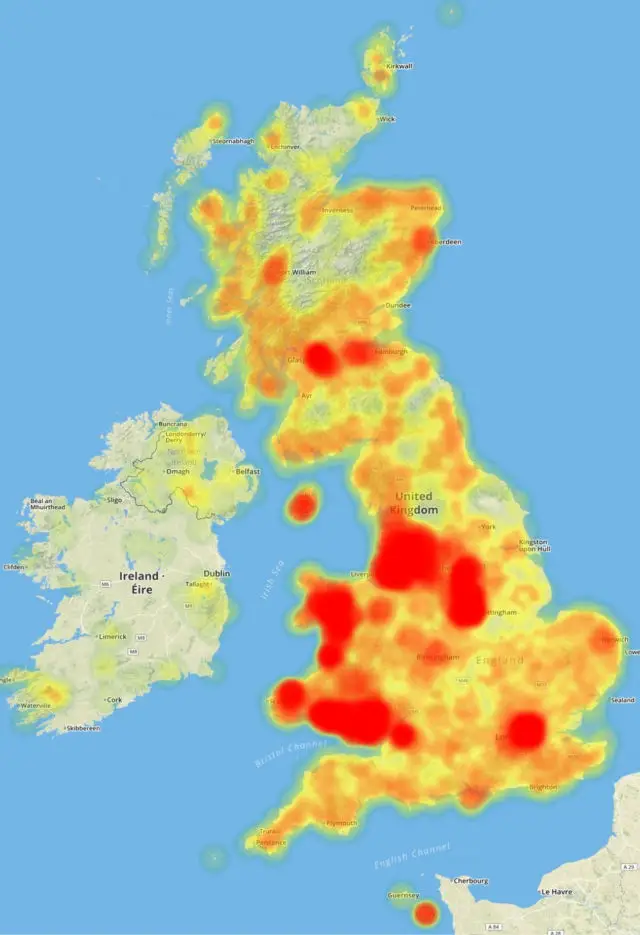Discovering Japanese Knotweed in your garden can be the bane of any property owner.
This invasive non-native plant, not to be confused with less invasive family members, can spread quickly and poses a threat to buildings. The plant can grow up to 20cm a day and its roots can burrow three metres deep and up to seven metres horizontally.
Shanklin in top ten
Shanklin has been named by Environet UK as the ninth highest area in the UK with records of Japanese Knotweed.
Top Japanese Knotweed hotspots in each region of the UK
- Bolton, Lancashire
- Bristol
- Capel Garmon, Conwy
- Rotherham
- Nottingham
- Clapham Common
- Glasgow
- Madeley, Shropshire
- Shanklin, Isle of Wight
- Norwich

Some Japanese Knotweed facts
It’s not illegal to have the plant growing in your garden, but because of its invasive nature, if you’re selling your home, you must declare its presence.
According to the Anti-social Behaviour, Crime and Policing Act 2014 you must also ensure the plant is controlled and doesn’t become a problem for your neighbours.
Controlled waste
Classified as ‘controlled waste’, it’s an offence to cause Japanese Knotweed to grow in the wild. According to Schedule 9 of the Wildlife and Countryside Act 1981 you could be prosecuted if you dump garden waste with Japanese Knotweed in the countryside and it can only be disposed of at licensed landfill sites.
The bottom line is that as soon as you notice some growing on your land, you should make all efforts to ensure it doesn’t spread, and for the protection of your own buildings, should seek the help of a professional.





